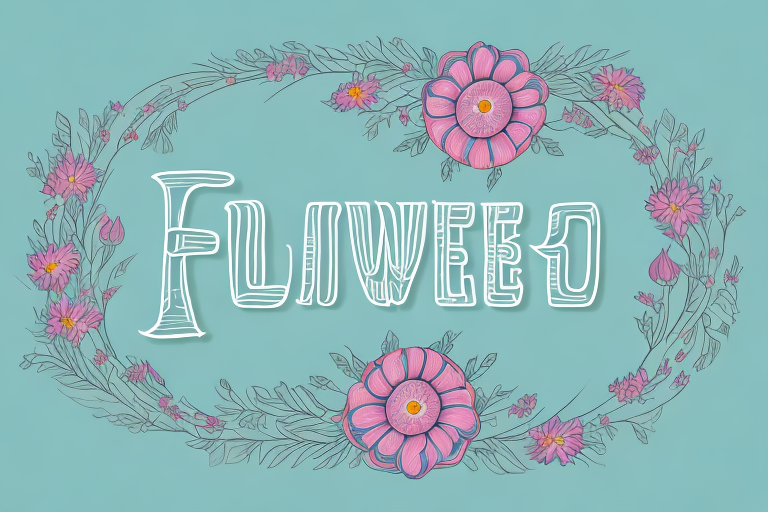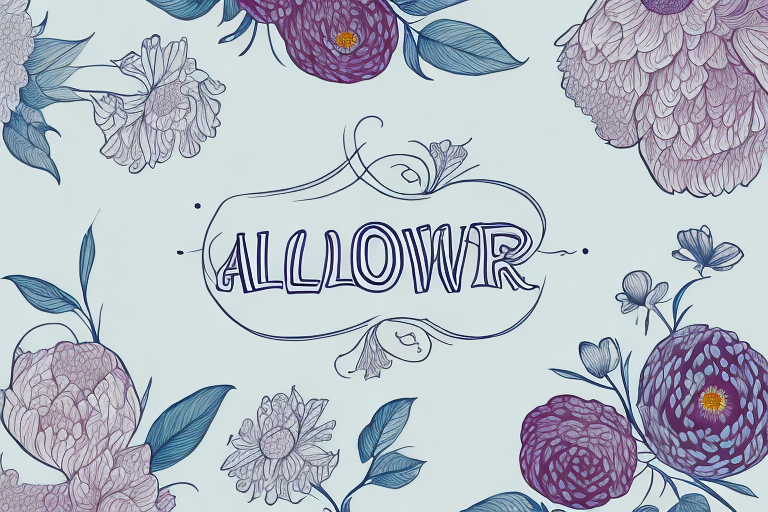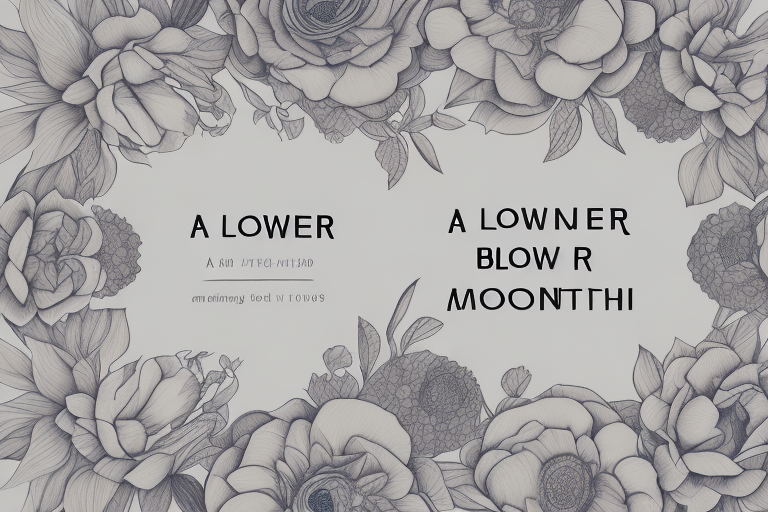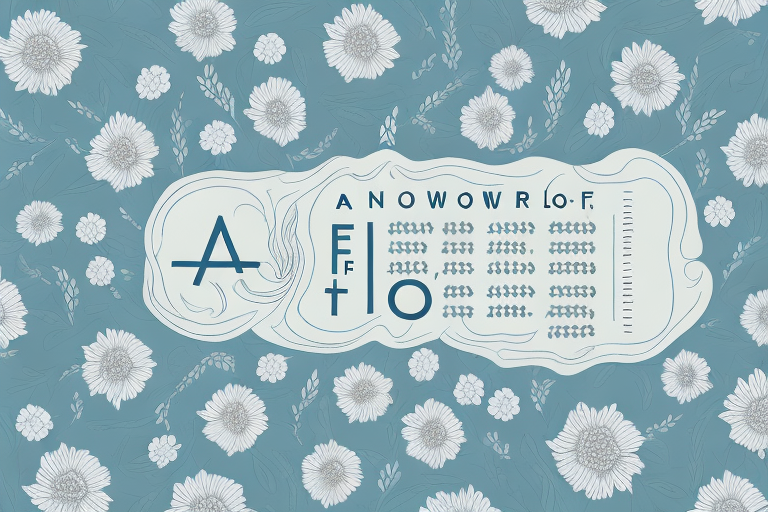Have you ever wondered why certain flowers are traditionally associated with specific months? It turns out that birth month flowers have a long and fascinating history that stretches back thousands of years. In this article, we’ll explore the meaning behind your birth month flower and how it has been used throughout human history.
The History and Significance of Birth Month Flowers
Birth month flowers have been used as symbols of people’s personalities and characteristics for centuries. In some cultures, they were even thought to have healing properties. The idea of each month having a corresponding flower originated in ancient Rome, where a festival called “Flora” was held each year to honor the goddess of flowers.
As the concept of flowers for birthday spread throughout the world, different cultures developed their own unique meanings and associations for each flower. In many cases, these meanings were tied to the natural properties of the flower itself, as well as the time of year in which it bloomed.
Ancient Origins of Birth Month Flowers
The concept of birth month flowers dates back to ancient times, when astrology was widely practiced. In many cultures, people believed that the position of the stars and planets at the time of your birth could determine your personality and fate. Each birth month was associated with a particular flower that was thought to reflect the traits of people born at that time.
In addition to the lotus and iris, other birth month flowers with ancient origins include the daffodil, which represents March and was believed by the ancient Greeks to symbolize rebirth and new beginnings. The carnation, which represents January, was associated with the ancient Roman festival of Saturnalia, a time of celebration and revelry.

Meanwhile, the violet, which represents February, was believed by the ancient Greeks to have healing properties and was often used in medicinal remedies. Those born in April are associated with the daisy, which represents innocence and purity, while those born in May are associated with the lily of the valley, which represents sweetness and humility.
In June, the rose is the birth month flower, symbolizing love and passion. Those born in July are associated with the water lily, which represents purity and enlightenment. August is represented by the gladiolus, which symbolizes strength and integrity, while September is represented by the aster, which symbolizes wisdom and patience.
The marigold, which represents October, is often associated with the harvest season and is believed to bring good luck and prosperity. November is represented by the chrysanthemum, which symbolizes friendship and loyalty, while December is represented by the narcissus, which represents hope and renewal.
Cultural Significance Across the World
Birth month flowers have different cultural meanings around the world. In China, the peony represents prosperity and good fortune and is associated with April. In Japan, the cherry blossom is a symbol of the transience of life and is associated with March. In Mexico, the marigold is used during Day of the Dead celebrations in November to honor the dead.
Meanwhile, in Thailand, the lotus flower is considered sacred and is associated with July. In Hawaii, the hibiscus is the state flower and is associated with May. The national flower of India is the lotus, which is associated with July and represents purity and enlightenment.
The Victorian Language of Flowers
In the nineteenth century, the so-called “language of flowers” became popular in Victorian England. Floriography, as it was called, was a means of communicating secret messages through the giving of flowers. Each flower had a specific meaning, and different flowers could be combined to form complex messages.
For example, a red rose symbolized love, while a yellow rose meant friendship. An ivy leaf symbolized fidelity, while a white lily represented purity. Knowing the meanings of different flowers allowed people to express their thoughts and feelings without speaking them aloud.
Today, birth month flowers continue to hold a special place in many people’s hearts. Whether given as a gift or simply appreciated for their beauty and significance, these flowers serve as a reminder of the unique qualities and characteristics that make each person special.
January: The Carnation
January is associated with the carnation, a flower with a rich history and many meanings. The word “carnation” comes from the Latin word “incarnatio,” meaning “incarnation” or “embodiment.” This refers to the belief that the carnation was the first flower to grow on Earth after Adam and Eve were banished from the Garden of Eden.
The carnation has been cultivated for over 2,000 years and has been used for a variety of purposes throughout history. In ancient Rome, the carnation was used in garlands and wreaths for celebrations and ceremonies. It was also used in Greek mythology as a symbol of love and was often associated with the goddess Aphrodite.

Symbolism and Meaning of the Carnation
Throughout history, the carnation has been associated with many different meanings. In Christian tradition, the pink carnation is often associated with the Virgin Mary and represents love, gratitude, and respect. The red carnation, on the other hand, is associated with love and admiration, making it a popular choice for Valentine’s Day.
The white carnation represents purity and luck, while the yellow carnation represents disappointment or rejection. Interestingly, the purple carnation is believed to represent capriciousness, because its color can vary depending on the acidity of the soil it’s grown in.
Varieties and Colors of Carnations
Carnations come in many different varieties and colors. Some of the most popular include the spray carnation, which has multiple small flowers on each stem, and the carnation pomander, which is a ball of carnations that can be used as a decoration. The most common colors are pink, red, white, yellow, and purple, though carnations can also be found in green, orange, and blue.
The carnation is also a popular flower for use in floral arrangements and bouquets. Its long-lasting blooms and wide range of colors make it a versatile choice for many occasions, from weddings to funerals.
Gifting Ideas for January Birthdays
If you’re looking for a thoughtful gift for someone born in January, consider giving them a beautiful bouquet of carnations. You can choose a color that corresponds with their birthstone (garnet) or their zodiac sign (Capricorn or Aquarius). Alternatively, you could give them a potted carnation plant that they can enjoy for months or even years to come.
Another idea is to incorporate carnations into a DIY project, such as a wreath or centerpiece. This allows you to personalize the gift and add your own creative touch.
Overall, the carnation is a flower with a rich history and many meanings. Whether you’re using it in a floral arrangement or giving it as a gift, the carnation is sure to add beauty and symbolism to any occasion.
February: The Violet
February is represented by the delicate violet, a flower that has been cherished for its beauty and fragrance since ancient times. The violet is believed to have originated in Greece and was used in religious ceremonies and cosmetics.
According to Greek mythology, the god Zeus turned his lover Io into a cow to protect her from his jealous wife Hera. While Io was wandering the earth as a cow, she stumbled upon a field of violets and began to eat them. The violet became known as Io’s flower and was later associated with love and fertility.

Symbolism and Meaning of the Violet
The violet is often associated with loyalty, devotion, and love. In Roman mythology, the god Cupid presented a violet to his beloved Venus as a symbol of his love. In Christian tradition, the violet is associated with humility and modesty, and is often used in the decoration of churches during Lent.
During the Victorian era, the language of flowers became popular, and each flower came to represent a specific sentiment. The violet was often given to someone to show that the giver’s thoughts were occupied with love for the recipient.
The violet also has a history of being used medicinally. It is believed to have been used by the ancient Egyptians to treat headaches and insomnia, and in medieval times it was used to treat everything from skin conditions to digestive problems. Today, the essential oil of violet is used in aromatherapy to promote relaxation and calmness.
Varieties and Colors of Violets
There are many different varieties of violets, including the common blue violet, the sweet violet, and the bird’s-foot violet. Violets can be found in shades of purple, blue, pink, and white.
In addition to their beauty, violets also have a delicate and sweet fragrance. The scent of violets has been used in perfumes and soaps for centuries.
Gifting Ideas for February Birthdays
If you’re looking for a gift for someone born in February, consider a bouquet of violets or a potted violet plant. You could also give them a scented candle or perfume that features the fragrance of violets.
In addition to being a beautiful and thoughtful gift, violets also have a practical use. The leaves and flowers of the violet plant can be used to make a soothing tea that is said to have a calming effect on the body and mind.
Whether you’re looking for a gift for a loved one or simply want to enjoy the beauty and fragrance of violets for yourself, this delicate flower is sure to bring joy and happiness to anyone who receives it.
March: The Daffodil
Spring is in the air in March, and the daffodil is the perfect symbol of this fresh new season. Daffodils are one of the first flowers to bloom in spring and are a welcome sight after the long, cold winter.
Symbolism and Meaning of the Daffodil
The daffodil is often associated with rebirth and new beginnings. Its bright yellow color symbolizes the sun and the warmth of spring, while its nodding head represents humility and respect.
In many cultures, the daffodil is also associated with good fortune and prosperity. In Wales, it is traditional to give a bunch of daffodils to welcome a new baby into the world, while in China the daffodil is considered a lucky flower that brings wealth and prosperity.
Varieties and Colors of Daffodils
There are over 25,000 different varieties of daffodils, ranging from pure white to deep orange. The classic yellow daffodil is the most popular, but you can also find daffodils in shades of pink, peach, and cream.
Gifting Ideas for March Birthdays
If you’re looking for a birthday gift for someone born in March, consider a bouquet of cheerful daffodils. You could also give them a potted daffodil plant or a spring-themed gift basket filled with goodies like chocolates, teas, and scented candles.
Conclusion
Birth month flowers are more than just a pretty tradition – they are a link to our ancestors and a reminder of the beauty of nature. From the humble carnation to the delicate violet and the cheerful daffodil, each flower has a rich history and complex meanings that have evolved over time. Whether you’re celebrating a birthday or simply enjoying the beauty of flowers, take a moment to appreciate the fascinating world of birth month flowers.
More to read: The Superfood Grain Quinoa with Incredible Health Benefits and Delicious Recipes


